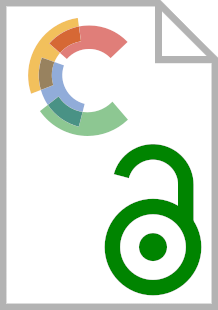| dc.contributor.author | RADAELLI, Claudio M. | |
| dc.contributor.author | TAFFONI, Gaia | |
| dc.date.accessioned | 2022-06-29T12:09:23Z | |
| dc.date.available | 2022-06-29T12:09:23Z | |
| dc.date.issued | 2022 | |
| dc.identifier.isbn | 9789294662286 | |
| dc.identifier.issn | 2600-271X | |
| dc.identifier.uri | https://hdl.handle.net/1814/74665 | |
| dc.description.abstract | The European Union (EU) is engaged in a complex digital and ecological transition. The policy programmes launched by the EU to support recovery, resiliency and new modes of growth are definitively future-oriented. Foresight is therefore particularly appropriate for the current season of EU policies. The European Commission adopted the first-ever Strategic Foresight Report in September 2020 to set out the rationale of foresight and chart priorities for the development of EU policies. In the EU legislative cycle, new policy initiatives are supported by impact assessment. To state that foresight and impact assessment are not foes, but friends is uncontroversial, but less obvious is how to pin down how exactly they can be friends. We explain how foresight can add to impact assessment, and outline some issues that will have to be addressed in the near future. | en |
| dc.language.iso | en | en |
| dc.publisher | European University Institute | en |
| dc.relation.ispartofseries | STG Policy Briefs | en |
| dc.relation.ispartofseries | 2022/17 | en |
| dc.rights | info:eu-repo/semantics/openAccess | en |
| dc.rights.uri | http://creativecommons.org/licenses/by/4.0/ | * |
| dc.title | What is the role of foresight in impact assessment? : early experience and lessons for the European Commission | en |
| dc.type | Other | en |
| dc.identifier.doi | 10.2870/959400 | |
| dc.rights.license | Attribution 4.0 International | * |

